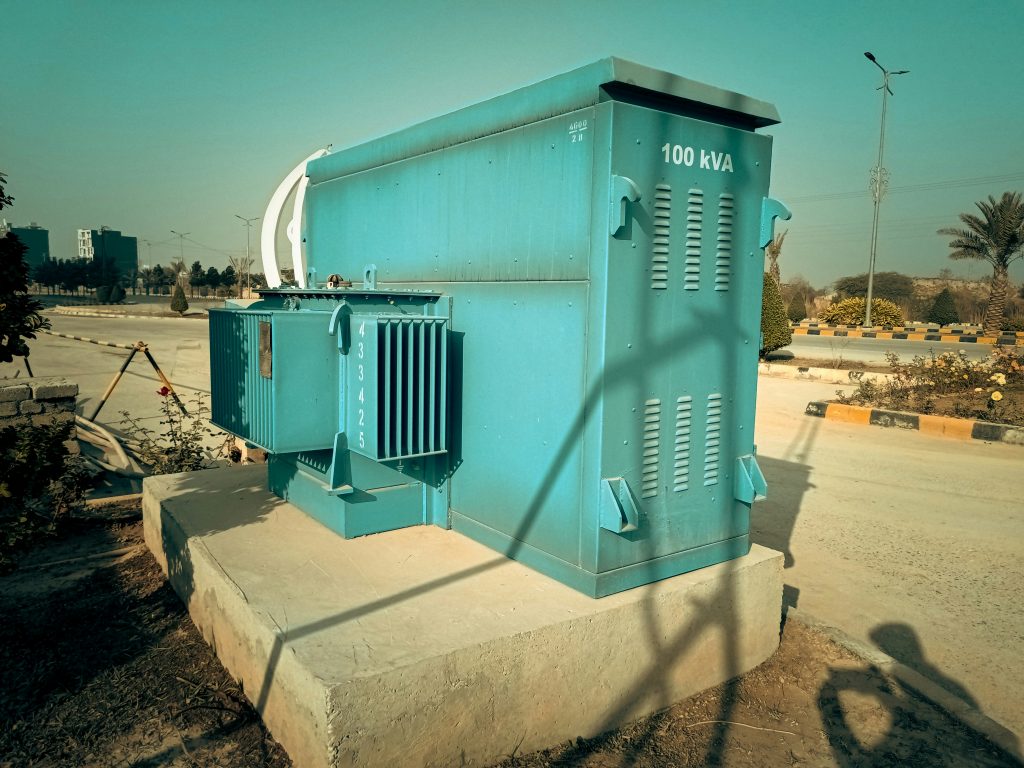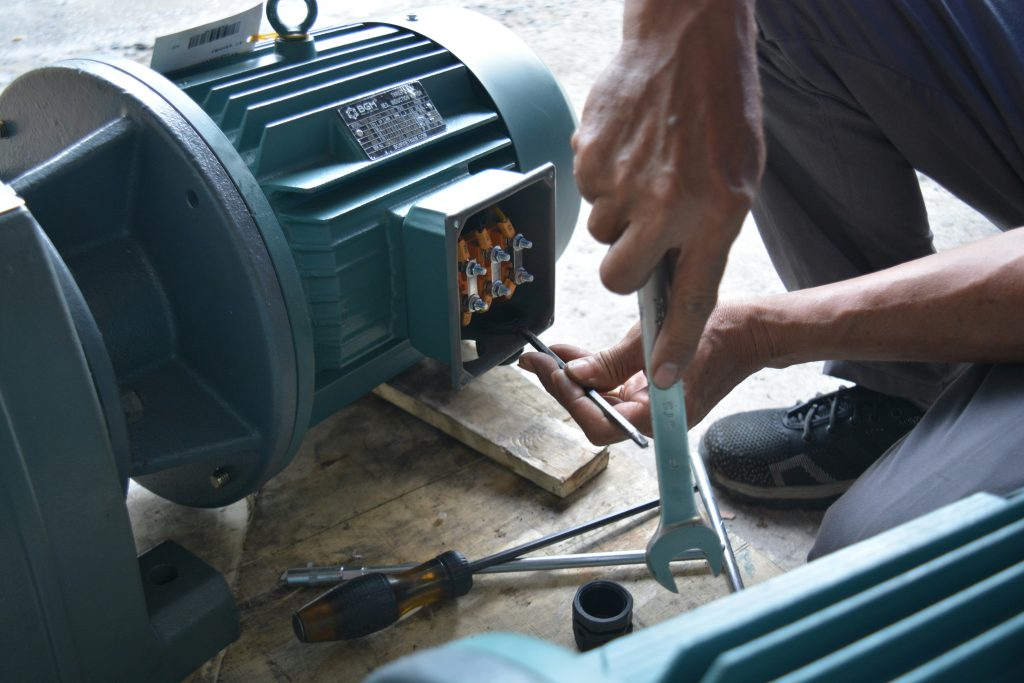TIPS FOR PREPARING YOUR GENARATOR FOR SUMMER BLACKOUTS

When the lights go out and the air conditioner sputters to a halt, a trusty generator can be a lifesaver, keeping your food cold, your devices charged, and your home comfortable. But a generator that hasn’t been properly prepared might not start when you need it most.
Don’t get caught in the dark! Follow these 5 essential tips to ensure your generator is summer blackout ready.
1. The Spring Cleaning: Inspect & Clean Thoroughly
Your generator has likely been sitting idle all winter. Before you even think about starting it, give it a good once-over.

- Visual Inspection: Check for any obvious signs of damage, cracks in the fuel lines, loose wires, or corrosion on the battery terminals (if it’s an inverter model with a battery).
- Air Filter: A clogged air filter makes your generator work harder and run inefficiently. Remove the filter and tap it gently to dislodge dirt. If it’s very dirty, replace it. It’s one of the cheapest and most effective forms of maintenance.
- Cooling Vents: Use a soft brush or compressed air to clear any cobwebs, dirt, or debris from the cooling vents and exterior. Proper airflow is critical to prevent overheating on a hot summer day.
2. Fuel System Fortification: Old Gas is Your Enemy
This is the #1 reason generators fail to start. Gasoline begins to break down and form sticky varnish and gums in as little as 30 days, which can clog your carburetor and fuel lines.
- Drain Old Fuel: If you left fuel in the tank over the winter, you must drain it completely. Siphon it out into an approved fuel container.
- Fresh Fuel Only: Always fill your generator with fresh, high-octane gasoline. Higher octane fuel tends to have a longer shelf life and better stability.
- Use a Fuel Stabilizer: This is non-negotiable for generator health. When you add fresh gas, also add a quality fuel stabilizer (like Sta-Bil). Run the generator for a few minutes to circulate the treated fuel through the entire system. This will keep the fuel fresh for months.
| FUEL TYPE | SHELF LIFE (WITHOUT STABILIZER) | SHELF LIFE (WITH STABILIZER) | PRO TIP |
| REGULAR GASOLINE | 1-3 MONTHS | 12-24 MONTHS | Use ethanol-free gas if possible to avoid moisture absorption |
| DIESEL | 6-12 MONTHS | 2➕ years | More stable than gasoline, but still benefits from stabilizers. |
| PROPANE | INDENIFITE | NOT NEEDED | Won’t degrade, making it a great option for long-term storage |
3. The Test Run: Don’t Wait for the Emergency
Never assume your generator will work. Perform a test run at least once a month and before a major predicted storm.
- Take it Outside: Always operate your generator outdoors, far from windows, doors, and vents to avoid deadly carbon monoxide poisoning.
- Start it Up: Follow the manufacturer’s starting procedure (prime it, set the choke, pull the cord). It should start within a few pulls.
- Apply a Load: Let it run for 5-10 minutes to warm up, then plug in a small appliance (like a work light or fan) to put a “load” on it. This ensures it’s producing power correctly. Let it run for at least 20 minutes.
4. Stock Your “Generator Kit”
When the power is out, you don’t want to be fumbling in the dark for supplies. Keep a dedicated kit next to your generator.

- Heavy-duty, outdoor-rated extension cords (if your generator isn’t permanently wired).
- A can of fresh fuel (properly stored in a safe, well-ventilated area away from the house).
- A funnel for safe refueling. (CRUCIAL: Always turn off the generator and let it cool completely before refueling!)
- Basic tools: screwdrivers, pliers, a spark plug wrench.
- Work gloves and safety glasses.
- A fire extinguisher.
5. Safety First: Operation & Placement
A generator is a powerful tool, but it must be respected.

- Carbon Monoxide (CO) KILLS: This odorless, colorless gas is produced by the engine and is a silent killer. Never run a generator in a garage, basement, or even under a partially open window. Place it at least 20 feet from your home, with the exhaust directed away.
- Transfer Switch for a Reason: If you’re powering hardwired appliances (like a furnace or well pump), a transfer switch installed by a licensed electrician is mandatory. It prevents you from backfeeding power into the grid, which can electrocute utility workers trying to restore power.
- Know Your Wattage: Don’t overload your generator. Add up the starting wattage of all appliances you plan to run simultaneously. Remember, starting wattage is often 2-3x higher than running wattage.
Common Appliance Power Requirements
| Appliance | Estimated Running Watts | Estimated Starting Watts |
| Refrigerator/Freezer | 600-800 | 1200-2400 |
| Window AC Unit (10,000 BTU) | 1200 | 3600 |
| Box Fan | 100 | 200 |
| Sump Pump | 800-1000 | 1300-2200 |
| Wi-Fi Router & Modem | 10 | 10 |
| iPhone Charger | 5 | 5 |
| Light Bulb (LED) | 10 | 10 |
Enjoy Your Summer, Peacefully Prepared
Taking a few hours now to service and prepare your generator will pay massive dividends when the next summer storm hits. You’ll transition from anxious and sweating to calm and cool, all thanks to your preparedness.
Stay safe, stay powered, and enjoy your summer!
